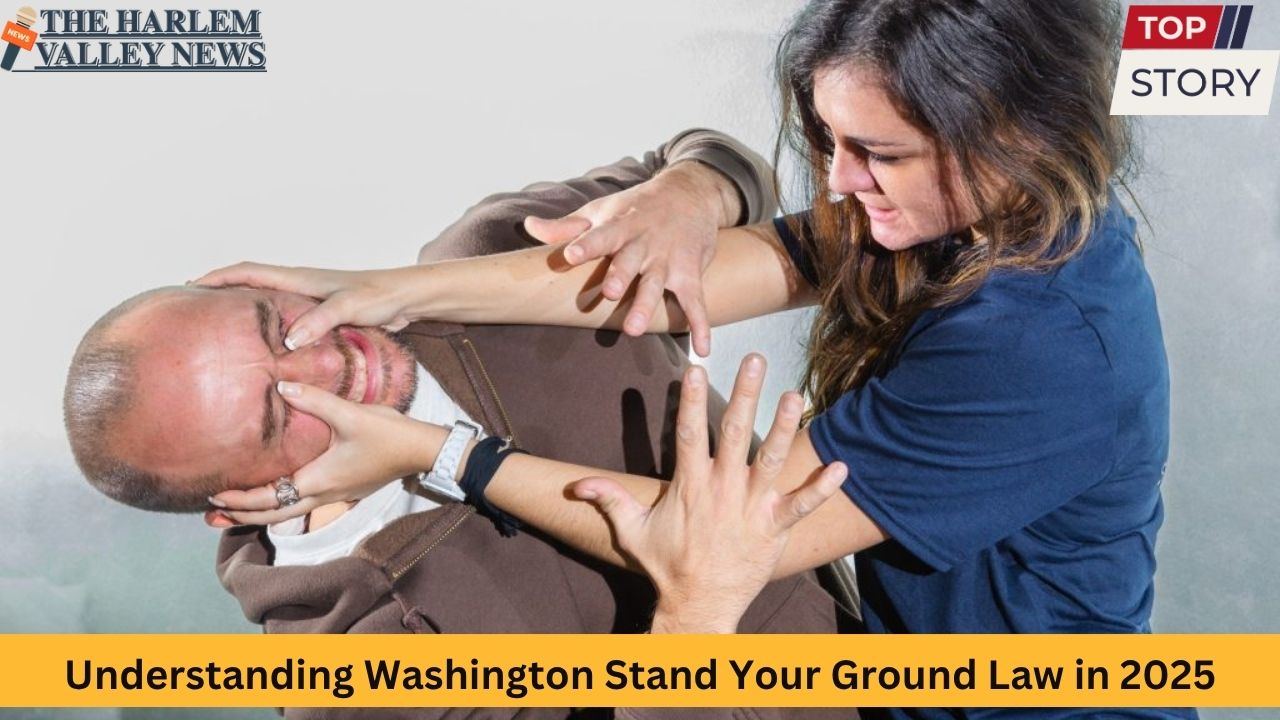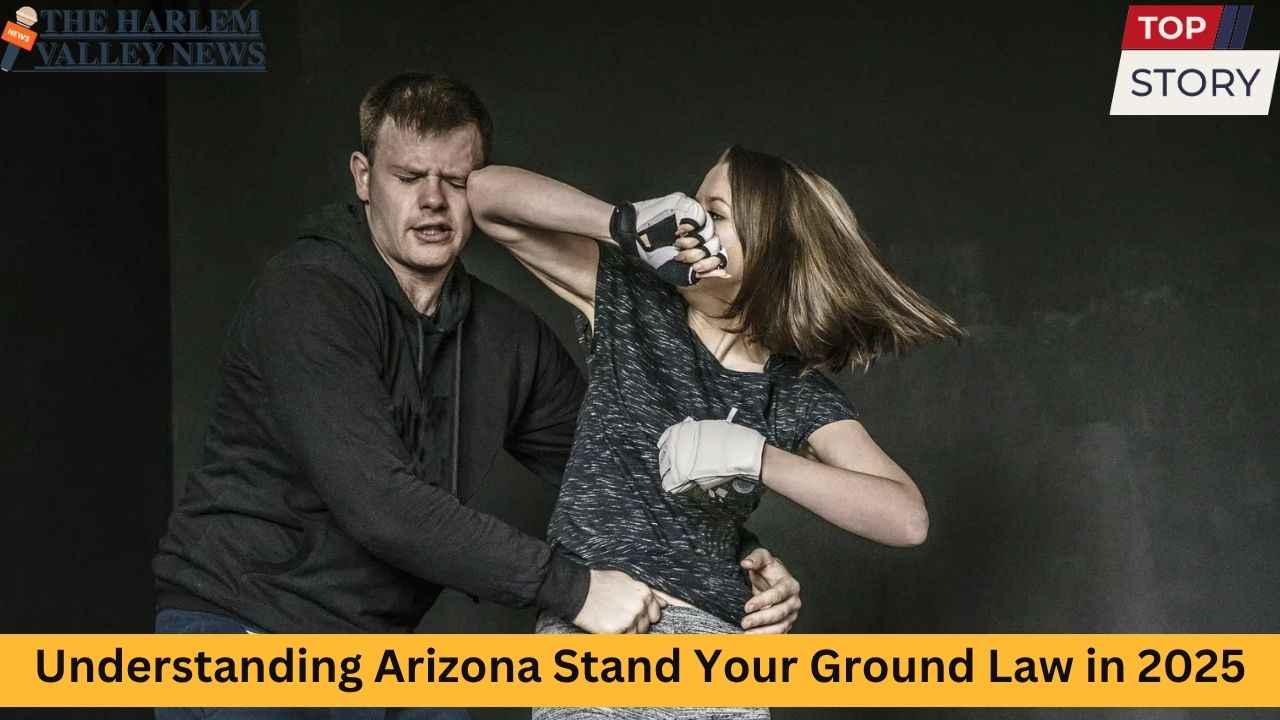In the United States, personal defense laws such as “Stand Your Ground” statutes have become a topic of considerable discussion and sometimes, controversy. These laws, which vary by state, govern how and when individuals may defend themselves with force without the duty to retreat when faced with perceived threats. Washington State has its own unique take on these laws, balancing individual rights with public safety concerns. In this extensive guide, we will explore every aspect of Washington’s Stand Your Ground law as of 2025, offering detailed explanations, real-world applications in cities like Seattle, Spokane, Tacoma, and more, as well as statistical insights and important facts to ensure you have a clear, comprehensive grasp of the law.
What is a Stand Your Ground Law?
A Stand Your Ground law removes the legal requirement to retreat before using force in self-defense, provided a person is in a place they have a legal right to be. Instead, an individual may meet force with force, including deadly force, if they reasonably believe it necessary to prevent harm to themselves or others.
Historical Background in Washington
Washington’s approach to self-defense dates back over a century, rooted in court precedent and legislative statutes. While the term “Stand Your Ground” is relatively modern, the principle that a law-abiding citizen does not have to retreat from an attacker has deep roots in Washington’s legal system. Over time—especially in the past two decades—legislation has clarified these protections.
How Washington Approaches Self-Defense
Washington’s legal standard for self-defense is based on reasonableness. The law allows individuals to use reasonable force to prevent harm to themselves or others. The use of lethal force is justified only if one truly fears for their life or for someone else’s safety and only when such fear is reasonable from the perspective of an average person.
In 2025, ongoing debates and minor amendments have only strengthened the legal clarity surrounding these rights.
The Core Elements of the Law
To invoke the Stand Your Ground defense in Washington, three core elements must be met:
-
Lawful Presence: The person must be in a place where they have a legal right to be.
-
Reasonable Belief: There must be a reasonable belief that force is necessary to prevent imminent harm.
-
Proportional Response: The force used must be proportional to the threat faced.
Duty to Retreat: What Does Washington Require?
Washington is not a duty-to-retreat state. This means that if you are threatened in any place where you have the right to be—whether your home, vehicle, or public space—you do not need to attempt escape or avoidance before defending yourself, even with deadly force if warranted.
Use of Deadly Force Explained
Deadly force may only be used in situations where a reasonable person would believe that they or others are in jeopardy of immediate death, great bodily harm, or are about to become a victim of a felony such as robbery or rape. The law is carefully nuanced to prevent abuse of this right.
Washington’s Major Cities and Local Trends
The impact and application of Stand Your Ground laws can differ based on local crime rates and policing culture. Let’s look at major Washington cities:
Seattle
Seattle, Washington’s largest city with over 750,000 residents in 2025, has a diverse urban environment with variable crime rates. Self-defense claims have risen slightly, especially in neighborhoods such as Capitol Hill and the Central District, which experienced higher rates of armed robberies and property crimes compared to the suburbs.
Spokane
Spokane, the second-largest city, has a population approaching 240,000. Eastern Washington tends to have a greater emphasis on personal firearm ownership. Spokane has seen notable cases—especially in the South Hill and Hillyard districts—highlighting how Stand Your Ground laws intersect with home invasions and personal confrontations.
Tacoma
With a population close to 220,000, Tacoma in Pierce County demonstrates a balance of urban and suburban attitudes. Legal experts note a consistent trend: residents here are increasingly aware of their rights, often seeking self-defense training to ensure they act within the law.
Real-Life Examples in Seattle, Spokane, and Tacoma
-
Seattle (2024): An attempted carjacking in Ballard ended when the driver, legally armed, defended herself after being threatened with a weapon. The incident was reviewed, but charges were not filed as she met the requirements of the Stand Your Ground law.
-
Spokane (2023): A resident in the Logan neighborhood acted in self-defense during a home burglary at night. The use of force was ruled justified, considering the homeowner’s fear of harm.
-
Tacoma (2025): A mugging on Pacific Avenue led to a rare courtroom debate when the defender’s use of force was questioned. However, the jury sided with the defense due to aggravated circumstances and prior threats from the attacker.
Legal Process and Burden of Proof
In Washington, when an individual claims self-defense under the Stand Your Ground law:
-
The burden initially lies with the defense to introduce evidence suggesting reasonable fear for safety.
-
Once raised, the prosecution must rebut the claim beyond a reasonable doubt.
-
The process often includes witness testimony, physical evidence, surveillance footage, and expert opinions.
Defendants are usually required to demonstrate that no reasonable means of escape existed, even though there is no strict duty to retreat.
Stand Your Ground vs. Castle Doctrine
Both the Stand Your Ground and Castle Doctrine protect individuals defending themselves, but there are key differences:
| Principle | Stand Your Ground | Castle Doctrine |
|---|---|---|
| Scope | Anywhere lawfully present | Home, and sometimes vehicle only |
| Retreat Required? | No | No |
| Use of Lethal Force | If reasonable and proportional | Presumed justified if unlawful entry |
In cities like Bellevue, Everett, and Olympia, the Castle Doctrine is commonly cited during home invasion cases, while Stand Your Ground factors more in public altercations.
Crime Statistics and Self-Defense Incidents
Key 2025 Statistics
-
Seattle: 150 reported acts of self-defense involving firearms, a 10% rise from 2023.
-
Spokane: 40 documented Stand Your Ground defense claims, with 85% deemed legally justified.
-
Tacoma: 32 cases; most involved property crimes and attempted robberies.
Statewide, there were over 400 recorded self-defense cases invoking the Stand Your Ground principle, representing about 0.05% of Washington’s total annual reported violent incidents.
Critiques and Support: A Public Debate
Critiques
Opponents argue that Stand Your Ground laws can encourage vigilantism, escalate minor conflicts, or disproportionately impact marginalized communities. Concerns in Seattle and Tacoma center on the potential for misuse and racial bias in application.
Support
Supporters highlight deterrence against crime and the upholding of fundamental rights. Popular opinion in Spokane and many rural parts of Washington leans toward increased personal responsibility and empowerment to prevent crime.
Training, Education, and Law Enforcement Perspectives
Training
Gun stores, shooting ranges, and legal aid centers in cities like Seattle, Tacoma, and Spokane frequently offer self-defense seminars. In 2025, over 8,000 residents statewide completed certified courses teaching lawful use of force and conflict de-escalation.
Law Enforcement Views
Police chiefs from Bellevue to Spokane Valley generally endorse the law provided citizens act responsibly. They advise:
-
Always call 911 after a self-defense incident.
-
Cooperate with police and provide a complete statement.
-
Avoid modifying evidence or fleeing the scene.
Recent Changes and Legislative Updates
Over the past year, Washington lawmakers amended aspects of the law for greater clarity. The 2024-2025 updates:
-
Reaffirmed no duty to retreat in public spaces.
-
Expanded protections for bystanders defending others.
-
Increased penalties for false or reckless use of self-defense claims.
Efforts are underway to improve reporting systems for tracking Stand Your Ground cases, with a statewide database implemented in June 2025.
Tips for Washington Residents
-
Know Your Rights: Familiarize yourself with the details of state self-defense laws, which can vary from city to city.
-
Seek Training: Responsible citizens should pursue skill-building classes in self-defense and lawful firearm use.
-
Document Everything: In any confrontation, record facts, contact law enforcement promptly, and seek legal representation.
-
Stay Calm: If you ever need to defend yourself, remain at the scene, follow police instructions, and retain a lawyer.
Conclusion
Washington’s Stand Your Ground law, as of 2025, is a nuanced balance between the right to self-defense and the need for public safety. Whether you live in the heart of Seattle, the suburbs of Spokane, or anywhere in Pierce County’s Tacoma, understanding the precise rights and responsibilities under the law is essential. Statistics indicate that while the overall number of Stand Your Ground cases is low compared to total violent incidents, increased awareness and training are shaping a more informed, responsible public.
As these laws continue to evolve with societal changes and technological advances, Washingtonians must stay engaged and educated. By doing so, individuals can protect not just themselves, but also contribute to a safer, more just community for all.
















Leave a Reply